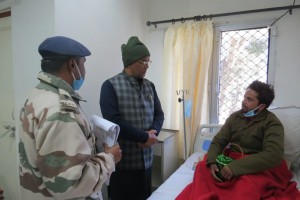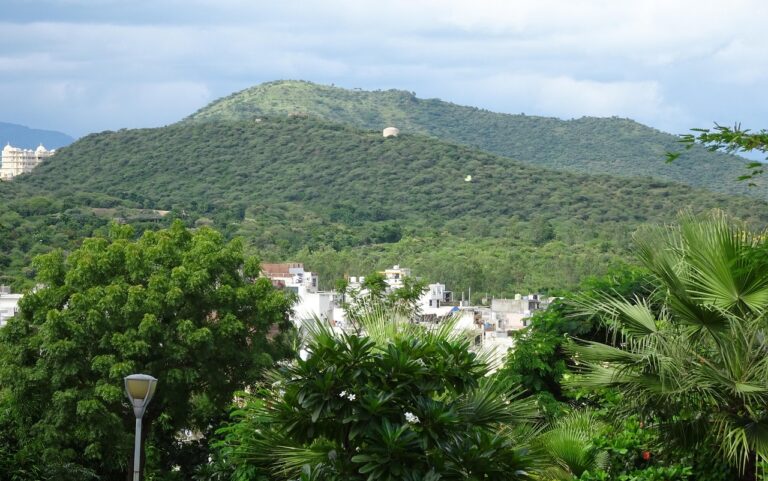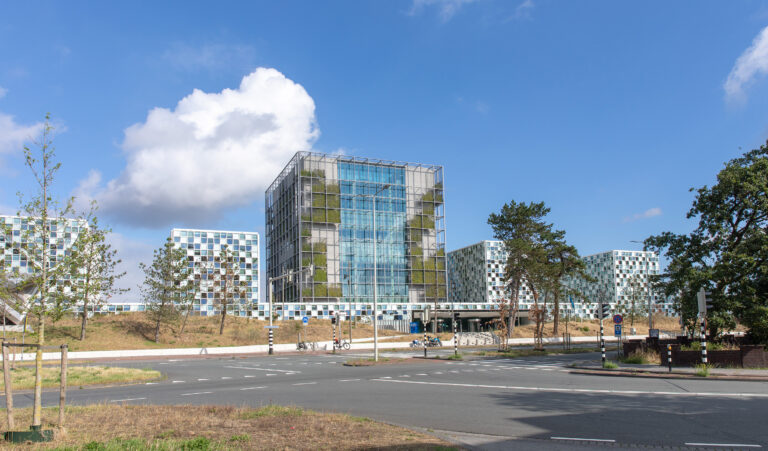
 By Kaushal Kishore *
By Kaushal Kishore *
The politics that refers to these well crafted efforts of destruction as a kind of development promotes an artificial disaster as a natural calamity
Avalanche in certain parts of Nanda Devi glaciers in the Himalayas has caused the heavy losses of lives and properties on the Sunday. That morning it occurred at Raini village near Joshimath in Chamoli district of Uttarakhand, and troubled the governments in the state and centre. The under construction RishiGanga Hydro-power Project was wiped out of the map in a single stroke.
RishiGanga stream joins the DhauliGanga in downstream. The temple of development is under construction on this river as well. That too is damaged considerably. Soon the state declared it as the natural disaster, and started the rescue and relief works by the midday. As a precaution it stopped the flow of the Bhagirathi, and announced to evacuate the river banks in the downstream. As a consequence it was possible to control of the floods at Rishikesh and Haridwar by evening. Once again disaster management teams deployed in the fields seemed to perform excellently as they were reported to save many precious lives from the Tapovan tunnel.
Meanwhile it’s necessary to discuss the politics that refers to an artificial destruction as a natural disaster.
No rain was reported. But more than a hundred people were swept away in the flash flood. Eight years ago, during a similar outburst at Kedarnath, heavy rains caused perpetual difficulties. Today most of the casualties are being reported from a couple of developing dam sites at the RishiGanga and the DhauliGanga.
The National Thermal Power Corporation (NTPC) is building the 520 MW hydropower project known as Tapovan Vishnugad, and the 13.2 MW RishiGanga power project was built by a private company.

Uttarakhand Chief Minister Trivendra Singh Rawat with a survivor who was rescued from a tunnel near Tapovan in Chamoli, by Indo-Tibetan Border Police at the 1st Battalion ITBP Joshimath Hospital on Tuesday (Above and Top)
Since the season of pilgrimage is far away, only a few pilgrims are its victim. The development syndrome is responsible for this destruction and deaths of workers, villagers and pilgrims alike. So long the indigenous culture of living as a part of the Mother Nature is replaced by modern civilisation it will continue to repeat.
All weather road, hydro-powered dams and technology of development contributed collectively to the destruction of the RishiGanga and the DhauliGanga glaciers. Beyond the border, in Tibet too, Chinese development projects are going on. That too is not out of the context. The politics that refer to these well crafted efforts of destruction as a kind of development promotes an artificial disaster as a natural calamity. Its causes are deeply rooted.
Before the independence, India used to be the victim of the colonialism. Despite Gandhi’s efforts, there was no serious attempt to come out of this mentality after independence. As a result, its grip began to tighten in the Himalayas and the Indian Ocean too. The same colonial mindset dominates the disguised investment for regional development that only destroys Nature and Community.
One of the most popular Presidents of America Harry Truman had defined development as the most powerful mantra of modern history in 1949 to divide the world into the two parts—developed and undeveloped or under developed. Three years later, Madeline Slade (Meera Ben) wrote Something Wrong in the Himalaya in 1952 to draw the public attention towards the Himalayan blunders. The world though was following Truman’s definition of development blindly and that continued for the next four decades, till the concept of globalisation and consumerism completely took the driver’s seat.
What more? The geopolitical realities further fuelled these dreams of development. The fall of Tibetan empire in 1959 at the hands of China — a decade after Truman’s doctrine of development — was an exemplary act.
Meanwhile certain Gandhian figures like Sundar Lal Bahuguna and Chandi Prasad Bhatt had tried hard to redefine the cultures of the Himalayas. At Raini — the avalanche-devastated village of legendary Gaura Devi who had started the famous Chipko movement– the local women had paid respect to their Chipko Movement in order to turn it into a success saga.
In the first two decades of the twenty-first century, that sense of respect got reduced to a mere display. This marketplace idea dominated the public consciousness. The spineless political class bowed down before the ruling class, and their acts of courage were at best, reflections of timidity. As such there was the brightness of the electrified poles on the one hand, and the unprecedented darkness on the other.
Landslides are a serious problem in the Shivalik Range of the Himalayas. The shrinking forests and the changing species of flora are at its roots. Similar problems arise due to the avalanche and glacial outburst above the snow line. Being away from the population, they didn’t cause such losses in the past.
But development is now moving towards that zone rapidly. The numbers of tunnels in the Himalayas continue to increase haphazardly. In the twenty-first century, the villagers are going to ride the trains that their ancestors had never seen. This is yet another reality that can raise a series of problems.
In this situation the falling glaciers can remind the end of Ghatotkacha in the war of Mahabharata. Today, instead of confining to rescue and relief, attention has to be paid to permanent solutions to these problems. Otherwise public at large will consider it as the widow-mourning of bureaucrats and politicians.
Rishiganga and DhauliGanga have conveyed the message of Mother Nature before the churning of Mahakumbh start at Dev Bhoomi. However, on account of the pandemic traditional gathering is scheduled to the symbolic display of faith. The orientalists have surrendered before modern technology.
The westward air is blowing in the region that was once referred to as Jambudweep. There is a question dealing with the panchayats of mendicants and monks, whether they are capable to remove the obstacles and pave the way with the meaningful and effective efforts in order to make the wind blowing eastward. This is one of the burning questions in public domain.
*The writer is a social activist and author of The Holy Ganga (Rupa, 2008), Managing Editor of Panchayat Sandesh, and his column Across The Lines appears in the vernacular publications.





